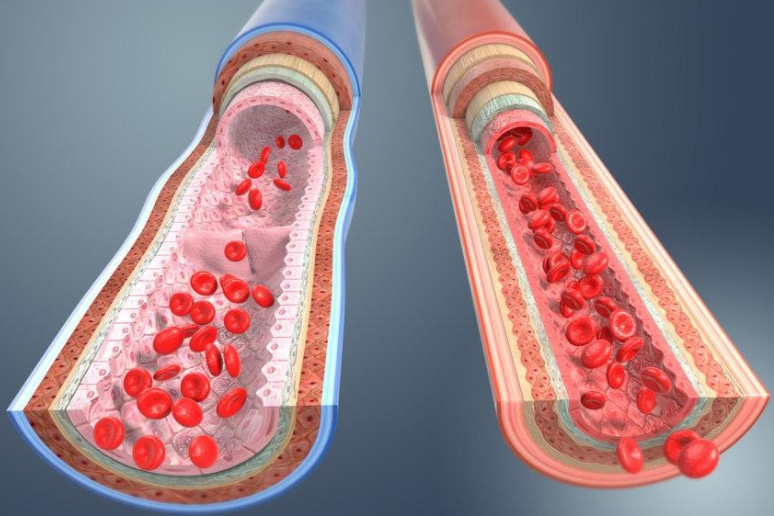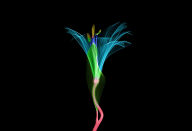The condition in which the arteries within your body gradually become narrow is termed as the Arterial Occlusive Disease. The Arterial Occlusive Disease can affect your legs and even your arms. Sometimes there are other conditions found in the patients of Arterial Occlusive Diseases, such as lower extremity Arterial Occlusive Disease and other heart-related diseases like carotid artery disease. This condition is related to mortality and morbidity.

